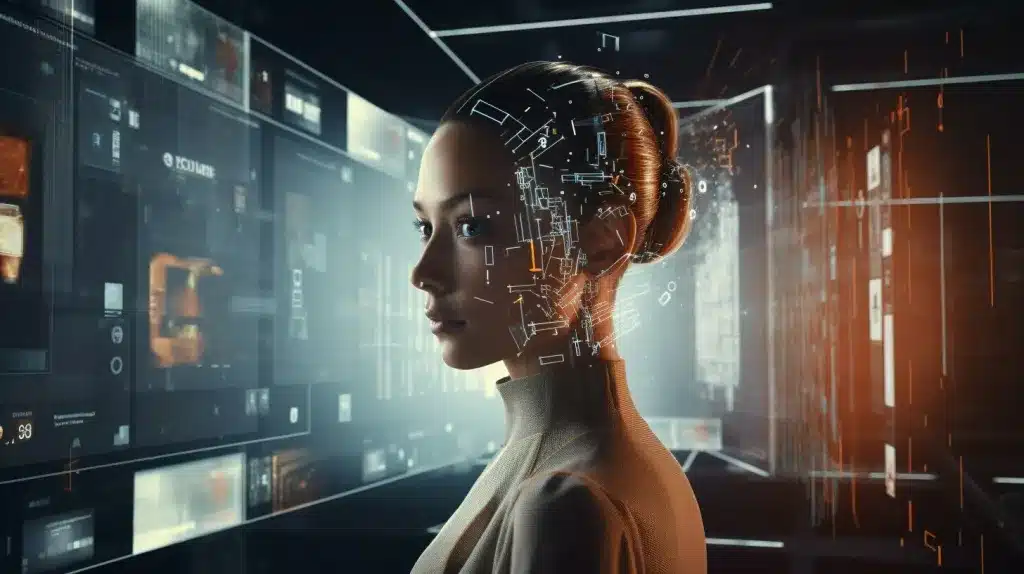Artificial intelligence has revolutionized the way we interact with technology, creating systems capable of mimicking human-like responses with remarkable accuracy. Among these innovations, character AI stands out for its ability to emulate fictional personas, historical figures, or entirely new characters. A key debate in this space centers on the extent to which AI interactions should be filtered to ensure safety and adherence to ethical guidelines versus offering unfiltered, unrestricted responses. This article explores the implications of character AI no filter systems versus their filtered counterparts, highlighting challenges and opportunities in their development.
What Is Character AI and Why the Debate Exists
Character AI refers to artificial intelligence models specifically designed to simulate personalities, dialogue styles, and behaviors of various characters. These systems can entertain, educate, and assist users in countless ways. However, as character AI evolves, developers face the critical decision of whether to filter the AI’s responses or allow unrestricted interactions.
Filtered AI imposes constraints to prevent inappropriate or harmful content, ensuring the system adheres to ethical standards. In contrast, character AI no filter systems allow unrestrained responses, offering users a more authentic and unrestricted experience. While the latter can create exciting opportunities, it also raises ethical and safety concerns.
The Case for Filtered Character AI
Filtered character AI ensures the technology operates within the bounds of societal norms. By restricting certain types of responses, developers can reduce the risk of:
- Harmful Interactions: Unfiltered systems may generate offensive or inappropriate content, leading to harmful experiences for users.
- Misinformation: Filters can prevent AI from spreading false or misleading information, particularly on sensitive topics like health or history.
- Legal and Ethical Issues: Many governments and organizations require compliance with laws and ethical standards, making filtered AI safer for widespread use.
Filtered AI can also be tailored to specific industries, such as education or healthcare, where accuracy and safety are paramount. For instance, a virtual tutor designed for children must prioritize appropriate language and behavior.
The Allure of Character AI No Filter Systems
The concept of character AI no filter appeals to users seeking unrestricted and authentic interactions. Unfiltered AI can:
- Encourage Creativity: By removing constraints, users can explore the full creative potential of character AI, enabling immersive storytelling and roleplaying experiences.
- Offer Transparency: Unfiltered systems provide a more honest representation of AI’s capabilities and limitations.
- Empower Advanced Users: Developers and researchers often prefer unfiltered systems for experimentation and innovation.
However, the lack of restrictions means users must take responsibility for their interactions, understanding the potential risks involved.
Balancing Creativity with Responsibility
Striking a balance between filtered and unfiltered systems is one of the biggest challenges in character AI development. Here are some potential strategies for achieving this balance:
- Customizable Filters: Offering users the ability to adjust filters based on their preferences or needs can provide a middle ground. For example, parental controls could be implemented to restrict certain features for younger audiences.
- Transparency in Limitations: Clearly communicating the AI’s capabilities, as well as any applied filters, can help users set realistic expectations.
- Ethical AI Guidelines: Developers should adopt ethical frameworks to ensure the AI remains safe while offering the flexibility to explore creative possibilities.
- Advanced Moderation: Combining AI moderation with human oversight can help identify and address inappropriate content more effectively.
The Future of Character AI
The future of character AI lies in finding a balance between creativity and safety. As AI systems become more sophisticated, developers must prioritize user agency while addressing potential risks. Whether filtered or unfiltered, character AI has the potential to reshape industries, redefine storytelling, and create meaningful experiences for users around the world.
Unfiltered systems offer exciting opportunities for innovation and personalization, but they must be handled with care to prevent misuse. By fostering transparency, ethical development, and user education, the industry can ensure a bright future for character AI that caters to diverse needs while minimizing risks.
Final Thoughts
The debate over character AI no filter systems versus filtered ones underscores the complexities of developing responsible and innovative AI technology. While unfiltered systems open the door to limitless possibilities, filtered AI ensures safety and inclusivity for all users. The ideal solution may not lie in choosing one over the other but in creating adaptable systems that empower users while maintaining ethical integrity.
As character AI continues to evolve, its future will depend on how developers navigate this nuanced and ever-changing landscape.







